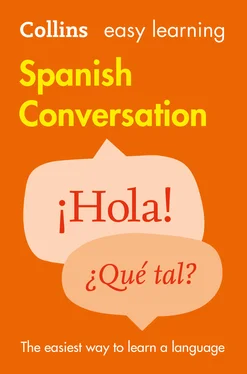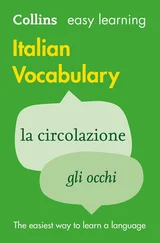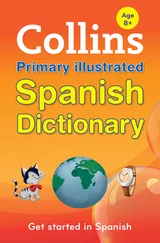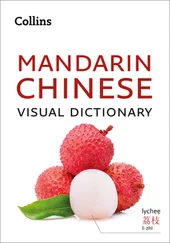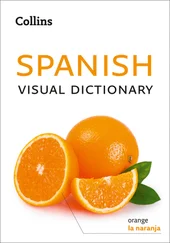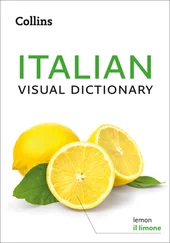If you haven’t already got a reservation at the restaurant where you’re planning to eat, you’ll need to ask if there’s a table you can have. ¿Tienen…?is the right verb form to use whenever asking if something is available in hotels, restaurants and shops. It is from the verb tener. For more information on tener, see here.
| ¿ Tienenuna mesa para tres? |
Have you gota table for three, please? |
| ¿ Tienenalguna mesa libre para esta noche? |
Have you gota table available for tonight? |
| ¿ Tienenmenú del día? |
Do you havea set menu? |
| ¿ Tienenla carta en inglés? |
Have you gotthe menu in English? |
| ¿ Tienenvino de la casa? |
Do you havea house wine? |
| ¿ Tienenmenú infantil? |
Have you gota children’s menu? |
| Una mesa para dos, por favor. |
A table for two, please. |
¿LO SABÍAS?
Of course if you have made a reservation, instead of asking if there’s a table free, you’ll be able to say he reservado una mesa para dos a nombre de…( I’ve booked a table for two in the name of… ).
To say what you’d like or what you want, you can use either quisieraor quiero( I’d like ). They are both from the verb querer. For more information on querer, see here. To attract the waiter’s attention, you just need to say ¿ Puede venir, por favor? ( Can you come over? ) or ¡Oiga, por favor! ( Excuse me, please! ).
| Quisierareservar mesa para las 9.00. |
I’d liketo book a table for 9 o’clock. |
| Quisierapedir. |
I'd liketo order. |
| Quisierados cafés más, por favor. |
I’d liketwo more coffees, please. |
| Yo quierouna tortilla. |
I'd likean omelette. |
| Yo quierogazpacho. |
I'd likegazpacho. |
| Quieroel bistec muy hecho. |
I'd likemy steak well done. |
¿LO SABÍAS?
To a Spanish ear, you may sound unnatural, overformal and foreign if you pepper your requests with por favorthe way we use please in English. So don’t overuse it, and don’t keep repeating it.
To say what you’ve chosen, you can use voy a tomar( I’ll have ).
| De primero voy a tomarsopa. |
As a starter I'll havesoup. |
| De segundo voy a tomarternera. |
For the main course I'll haveveal. |
| De postre voy a tomarflan. |
For dessert I’ll havecrème caramel. |
| Para beber vamos a tomarvino blanco. |
We'll havewhite wine. |
¿LO SABÍAS?
If you haven’t made up your mind what you want to eat when the waiter appears with a notebook, you’ll want to send him or her away temporarily. To do this you can say todavía no he decidido( I’m not ready to order yet ) or todavía no hemos decidido( we’re not ready to order yet ).
When you’re at your table, a very natural way to ask the waiter for what you want is by using ¿Me trae…?( Can I have …? or Can you bring me…?) . If you’re being served at the bar, use ¿Me pone…?for Can I have? .
| ¿ Me traeotra ración de ensaladilla rusa? |
Can I haveanother portion of Russian salad? |
| ¿ Nos traeotra botella de vino? |
Can we haveanother bottle of wine, please? |
| ¿ Nos traemás pan? |
Can we havesome more bread? |
| ¿ Nos traela cuenta, por favor? |
Can we havethe bill, please? |
| ¿ Me poneuna cerveza? |
Can I havea beer? |
You can also use ¿ Puede…? ( Can you…? ) or ¿ Podría…? ( Could you…? ) when asking for things. They are both from the verb poder( to be able ). For more information on poder, see here.
| ¿ Puedetraernos la carta de vinos, por favor? |
Can youbring us the wine list, please? |
| ¿ Puedetraerme otro tenedor? |
Can youbring me another fork? |
| ¿ Puedespasarme la sal? |
Can youpass me the salt? |
| ¿ Podríabajar la música un poco? |
Could youturn the music down a bit? |
| ¿ Podríaspasarme el vino? |
Could youpass me the wine? |
| ¿ Le importaríacerrar la ventana? |
Would you mindclosing the window? |
| ¿ Le importaríaencender el ventilador? |
Would you mindputting on the fan? |
| ¿ Le importapedirle que no fume? |
Would you mindasking him not to smoke? |
SAYING WHAT YOU LIKE, DISLIKE, PREFER
When you’re eating out, you may want to talk about what you like and dislike when it comes to food. Don’t forget that the Spanish for I like works rather differently from English. You use me gustawith singular words and me gustanwith plural ones. And it’s the same story with me encantaand me encantan( I love ). To say what you don’t like, use no me gustaor no me gustan( I don’t like ).
| Me gustael gazpacho. |
I likegazpacho. |
| Me gustanlas uvas. |
I likegrapes. |
| Me encantanlas cerezas. |
I lovecherries. |
| Nos encantala paella. |
We lovepaella. |
| No me gustael jamón. |
I don't likeham. |
| No me gustanlas judías verdes. |
I don't likegreen beans. |
| No me gusta nadael pescado. |
I hatefish. |
| ¿ Te gustala leche? |
Do you likemilk? |
| ¿ Te gustanlas fresas? |
Do you likestrawberries? |
| ¿ No te gustael té? |
Don't you liketea? |
¿LO SABÍAS?
Читать дальше
